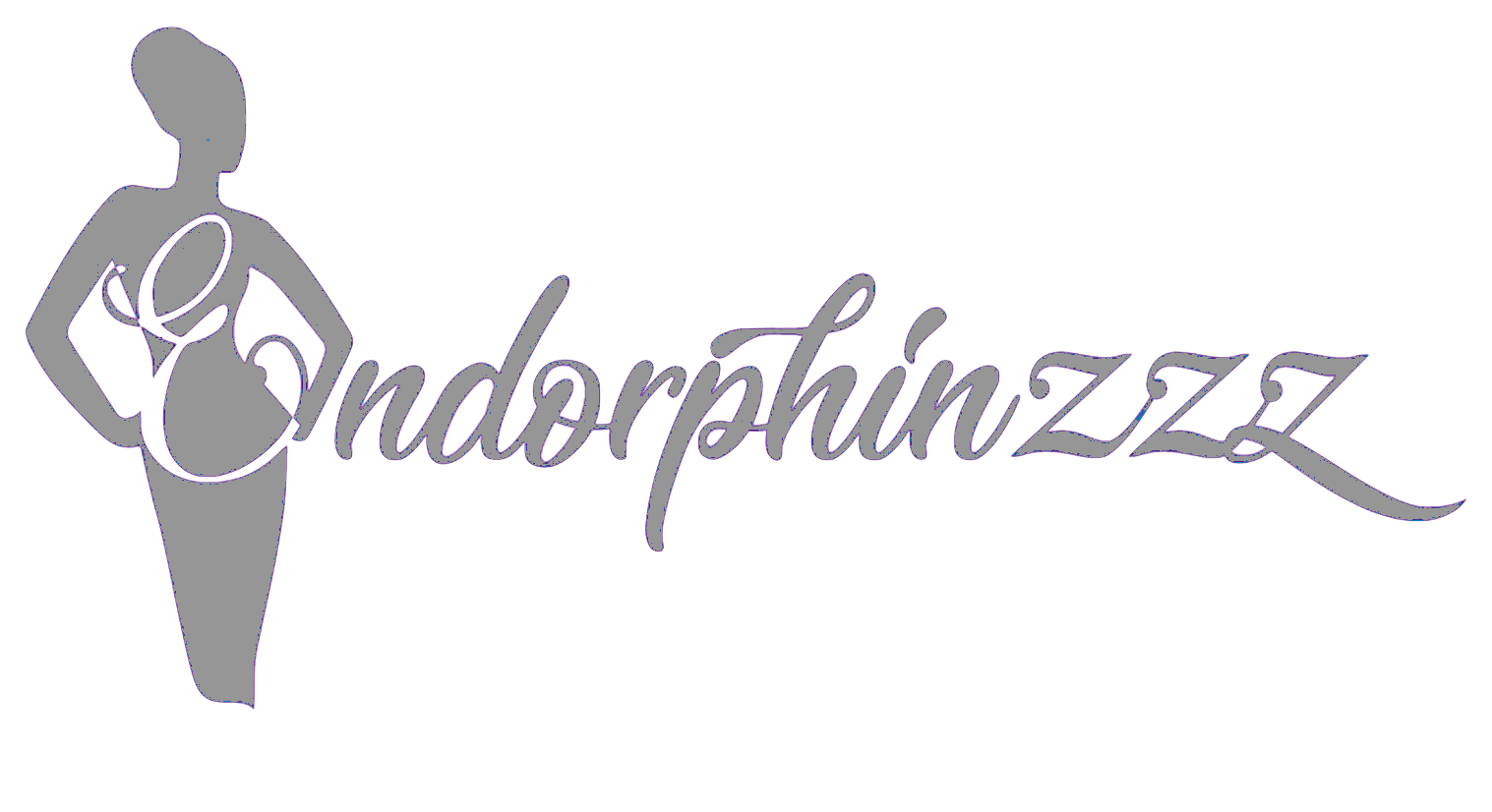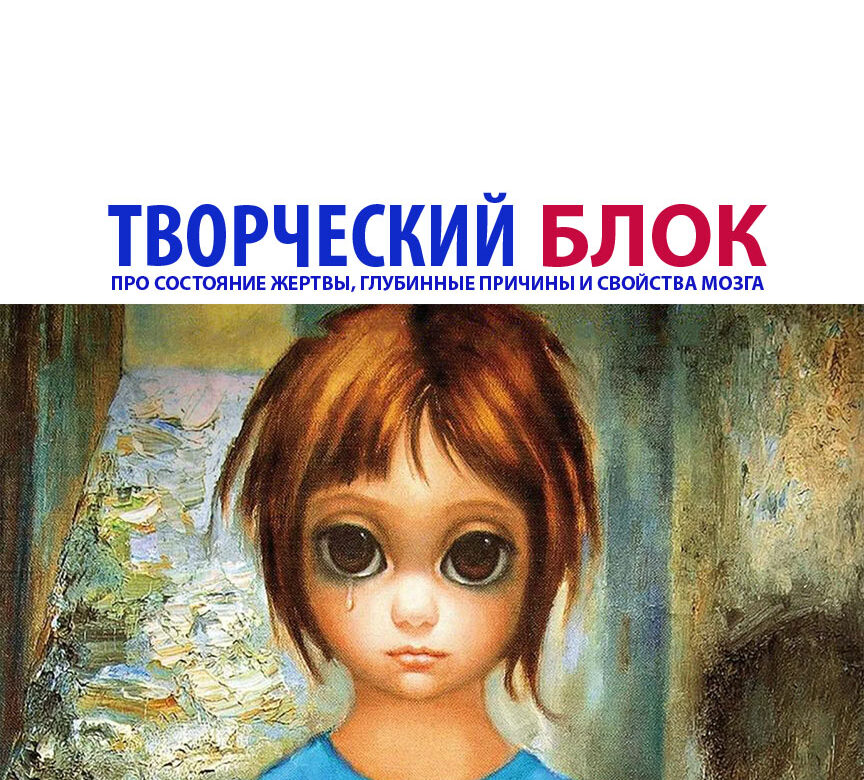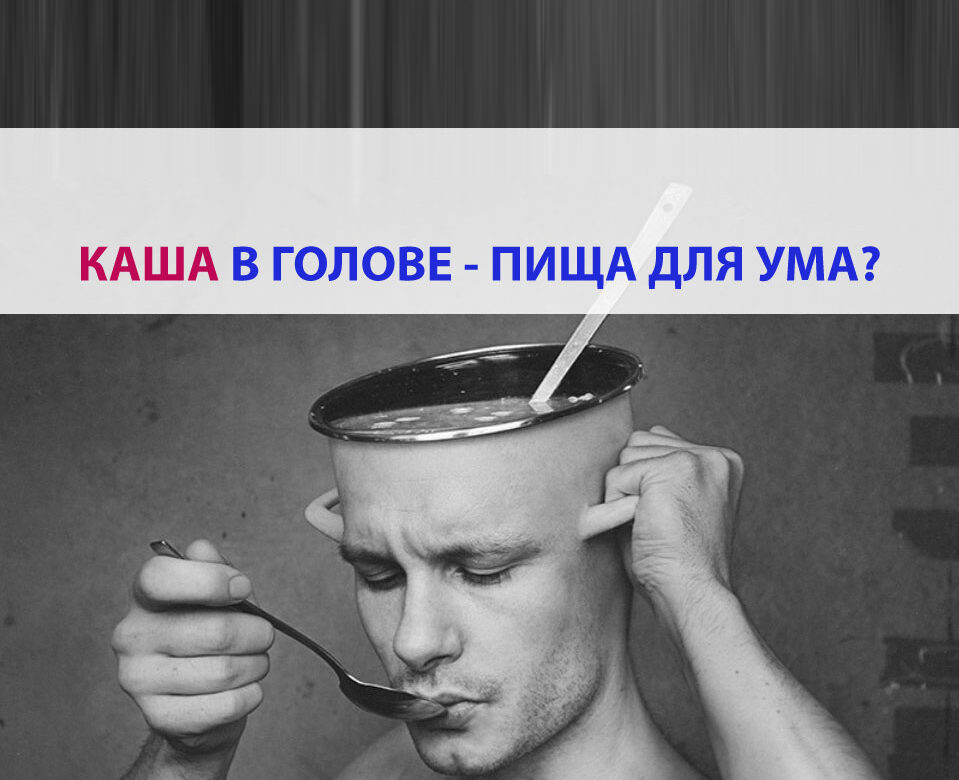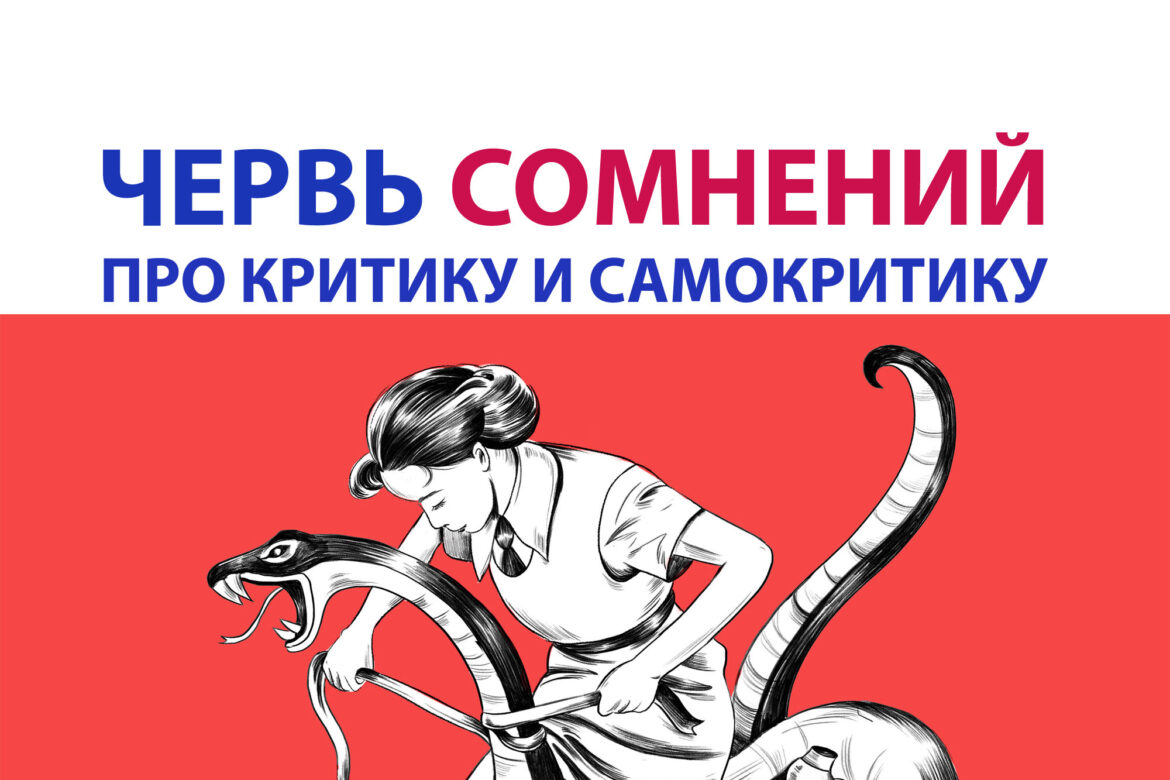ТВОРЧЕСКИЙ БЛОК ЭТО СТРАХ УСПЕХА
Про состояние жертвы, свойства мозга, и глубинные причины.
…Или, почему мозг не любит темных улиц.
Намедни с коллегой обсуждали состояние жертвы.
Проходя по ее списку возможных ситуаций и состояний, рос мой собственный список провалов и триумфов.
Однажды пришла девушка.
Девушка училась в художественном вузе. Профессор хвалил за оригинальность, предложил развить ее брэнд, личный стиль. «Мы сделаем выставку, и я буду тебя курировать.»
Здорово, правда? Слава, развитие, само исследование, помощь старшего товарища….И все в таком юном, еще, возрасте, где все хочется и можно.
Внезапно девушка перестает отвечать на телефонные звонки, уходит в себя. Залезает под одеяло, начинает болеть. Нет вдохновения жить. Как это? В самый пик славы? Очень странная реакция на похвалу. Правда?
Что же могло испугать?
Пробирались через пену отношений. Из водоворота мыслей выныривали головы кавалера, который не оправдал свою роль – помощника с её маленькой дочкой. «Обидно. Хотя я сразу видела, что он не тот, кто нужен. Но, понадеялась на помощь. «
Обида на грубость и чёрствость бывшего мужа, папы девочки: «Ни помощи ни встреч. Только месть с его стороны.»
Наконец нить истории терялась в юности, где мама осудила портрет, который ей подарила дочь. «Художники все пьют. У них ни гроша. Давай выберем вуз по серьезней» И выбрали вуз, и девушка тянула эту лямку, пока не приняла решения.
Тут без слез не обошлось.
«Выйду замуж, сбегу от мамы, от дурацкого института. »
Она сбежала за границу. Муж тяжелый и едкий. Тот – же «Мама» только сильнее, толще, противнее. С ним же еще и спать надо.
Но смелость выбрасывала девушку из токсичных отношений. «Сама смогу.» На порыв души появлялись идеи, энергия.
И, вот: выставка, слава. …… побег….
Вы поняли как токсична родительская опека: «Иди проторенной дорожкой?» Но родителям трудно устоять. Я сама – Мама. Я с вами, в окопах.
У нас, у родителей нет другого выхода, как понять концепцию личных границ. Что это такое, зачем, с какого возраста и как распознать.
Но и девушка уже не младенец.
Немного теории и много практики про то, что мозг испещрен миллионами невидимых программ. И, коль скоро включился вот такой ляпсус Побег от Успеха, то можно разобраться и вернуть себе силы.
Сказано- сделано.
Проплакали, проговорили, проработали. Появились крылья и желание своего стиля. Появились идеи и вернулось вдохновение.
Вывод.
Мы все впадаем во временное состояние жертвы. Там, где нет понимания себя, логика убегает, как курица без головы, а мы лежим под одеялом. Мозг не любит темных улиц: ясность и понимание, вот что хочет мозг.
Вот телефон, 1.714.713.3368, где все понятно, эффективно, и результативно. Звоните.
(Иллюстрация работы художницы Маргарет Кин Margaret Keane)





